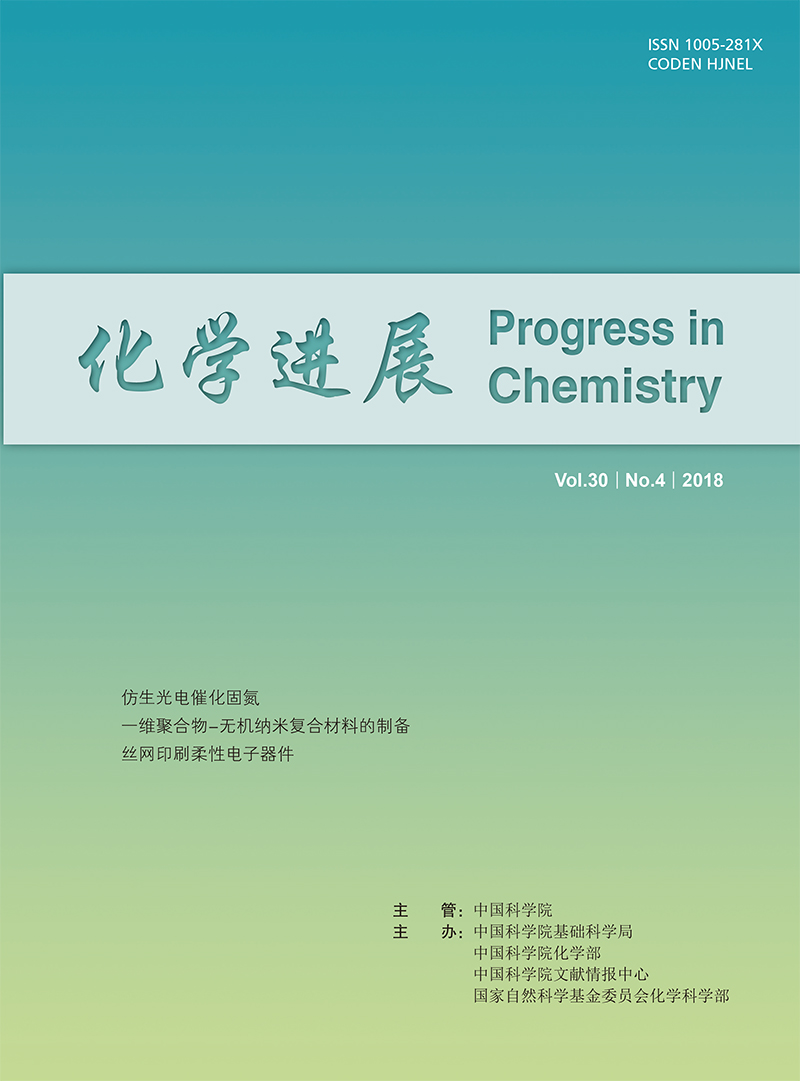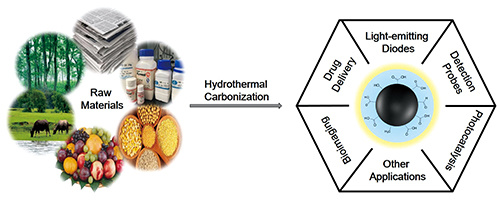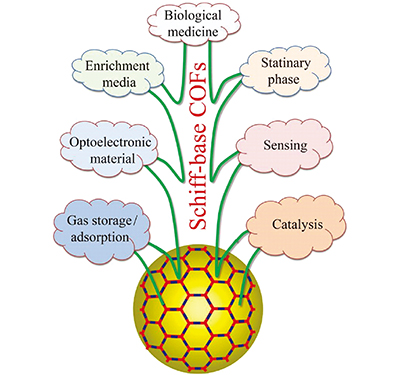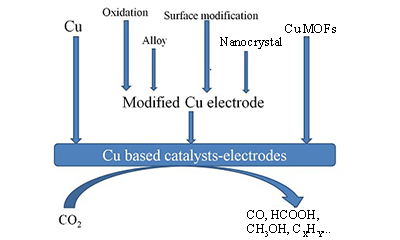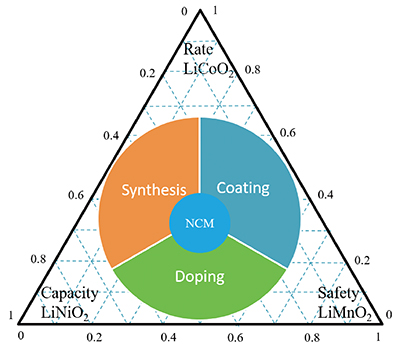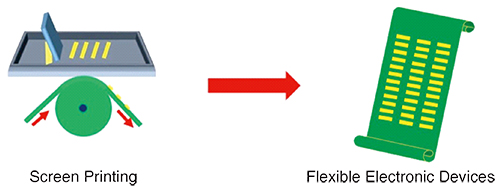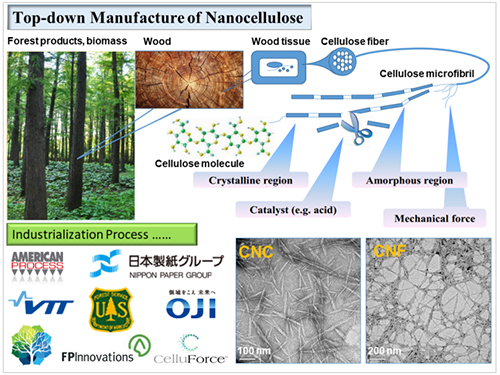Chengjiang Zhang, Xiaoyan Yuan, Zeli Yuan, Yongke Zhong, Zhuomin Zhang, Gongke Li. Covalent Organic Framework Materials Based on Schiff-Base Reaction[J]. Progress in Chemistry, 2018, 30(4): 365-382.
Abstract
Schiff-base covalent organic frameworks (Schiff-base COFs) are a class of crystalline porous polymers with strong covalent bonds via Schiff-base condensation reaction. The COFs materials possess the advantages of low density, large surface area, tunable pore size and structure, facilely tailored functionality, versatile covalent-combination of building units, diverse synthetic methods, easy of introducing specific molecular recognition sites, excellent physical and chemical stability, and so on. These advantages provide the COFs materials with superior potentials in diverse applications, such as gas storage/adsorption, sensing, catalysis, optoelectronic material, and as enrichment media of sample pretreatment.Currently, Schiff-base COFs have become a research hotspot in the field of materials science.This review mainly describes the state-of-the-art development in the synthesis, preparation and application of Schiff-base COFs materials. In the end, the current statuses of COFs are summarized, and the future trends and application potentials of the COFs materials are also prospected.
Contents
1 Introduction
2 Types of COFs synthesized
2.1 Imine linkage
2.2 Hydrazone linkage
2.3 Azine linkage
2.4 Polyimide linkage
3 Synthetic methods of COFs
3.1 Solvothermal synthesis
3.2 Microwave synthesis
3.3 Mechanochemical grindig synthesis
3.4 Room-temperature synthesis
3.5 Surface synthesis
4 Applications of COFs
4.1 Gas storage/adsorption
4.2 Catalysis
4.3 Sensing
4.4 Optoelectronic material
4.5 Sample pretreatment media
4.6 Chromatographic stationary phases
4.7 Biological medicine
5 Conclusion




